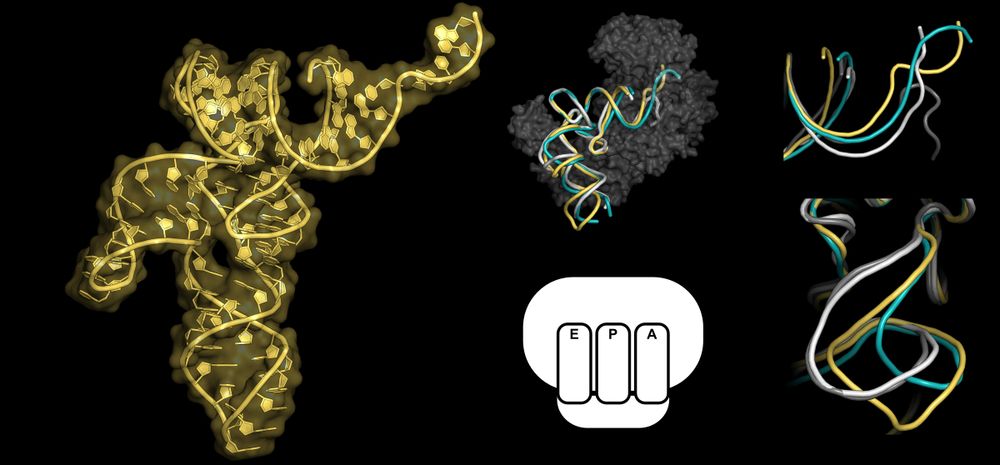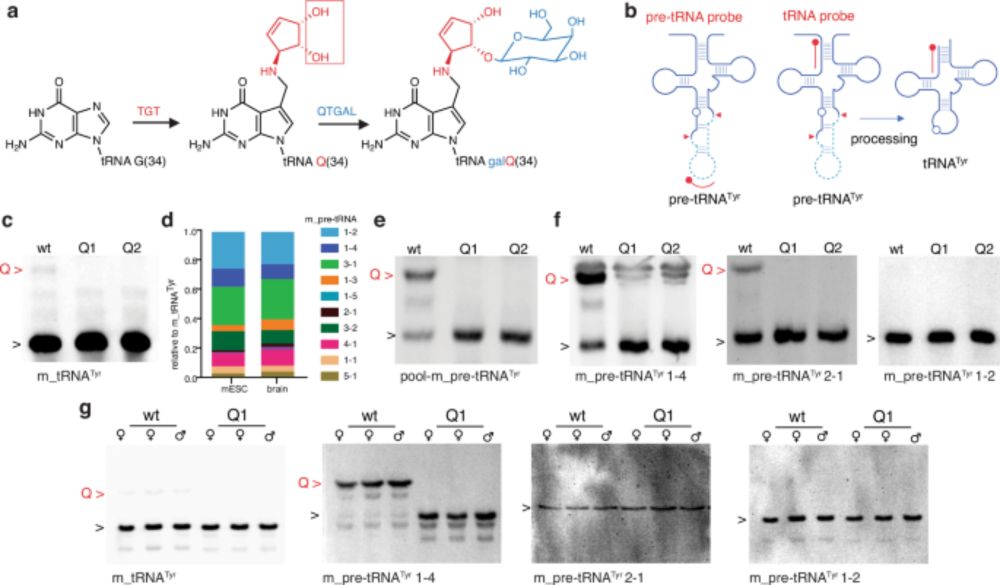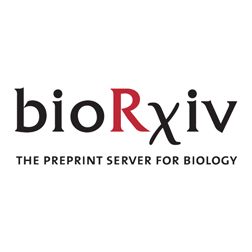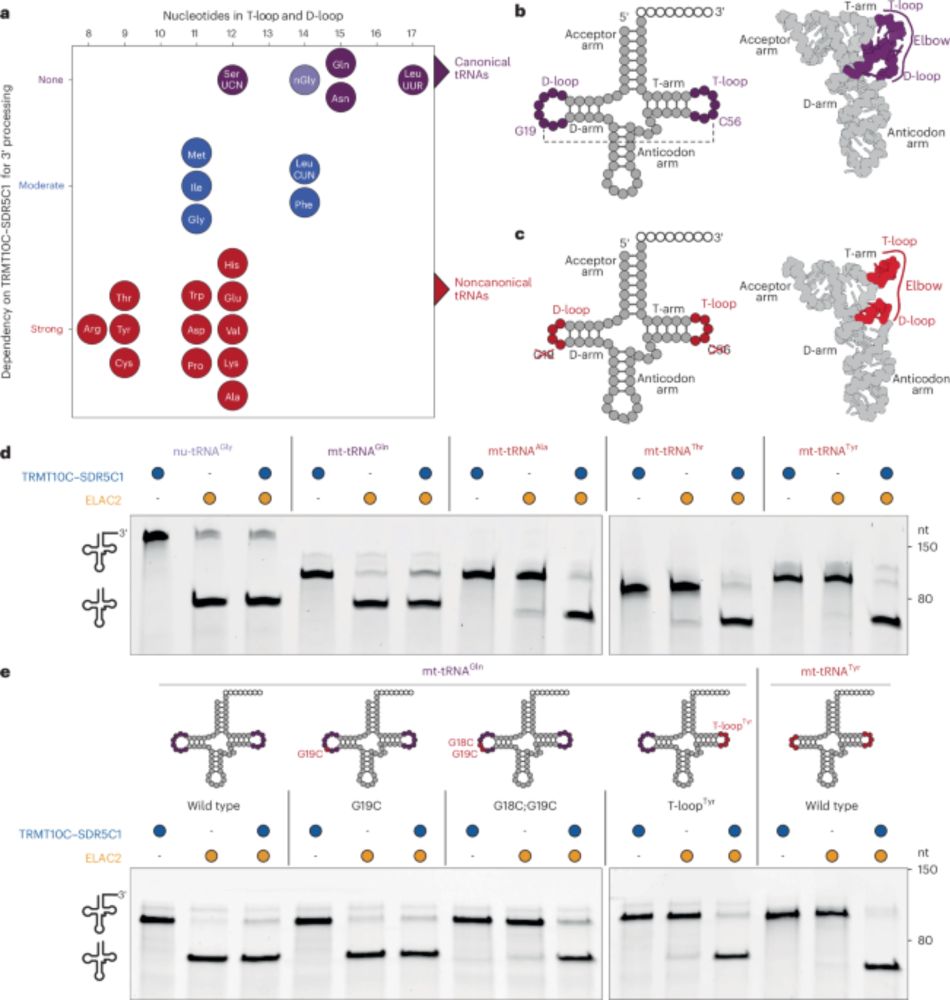www.nature.com/articles/s41...

www.nature.com/articles/s41...

"...paradox of depriving a previously characterized proteinogenic tRNA as a means to directly affect cell wall formation underlines the regulatory dynamics of tRNAGly isoacceptors in 𝘚. 𝘢𝘶𝘳𝘦𝘶𝘴 and...
academic.oup.com/nar/article/...
#RNASky #MicroSky

"...paradox of depriving a previously characterized proteinogenic tRNA as a means to directly affect cell wall formation underlines the regulatory dynamics of tRNAGly isoacceptors in 𝘚. 𝘢𝘶𝘳𝘦𝘶𝘴 and...
academic.oup.com/nar/article/...
#RNASky #MicroSky

This was a very exciting and fruitful collaboration with
@francescatuorto.bsky.social in Heidelberg.
www.nature.com/articles/s41...

This was a very exciting and fruitful collaboration with
@francescatuorto.bsky.social in Heidelberg.
www.nature.com/articles/s41...
Read it for free until March 19th at:
authors.elsevier.com/a/1kWLq3jDgW...

Read it for free until March 19th at:
authors.elsevier.com/a/1kWLq3jDgW...
by Blake et al. (@washumedicine.bsky.social) in @naturecomms.bsky.social
www.nature.com/articles/s41...

by Blake et al. (@washumedicine.bsky.social) in @naturecomms.bsky.social
www.nature.com/articles/s41...
👇
www.nature.com/articles/s41...
@naturecomms.bsky.social #subtilis #stress

👇
www.nature.com/articles/s41...
@naturecomms.bsky.social #subtilis #stress




We discover how a unique problem caused by high mutation rates in mitochondria of bilaterian animals is solved by a compensatory evolutionary innovation.
doi.org/10.1038/s41594-024-01445-w

We discover how a unique problem caused by high mutation rates in mitochondria of bilaterian animals is solved by a compensatory evolutionary innovation.
doi.org/10.1038/s41594-024-01445-w

Puberty for cymothoid isopods is kinda wild.
#Invertebrate 🧪
journal.kagoshima-nature.org/046-093/

Puberty for cymothoid isopods is kinda wild.
#Invertebrate 🧪
journal.kagoshima-nature.org/046-093/
www.sciencedirect.com/science/arti...
I thank coauthor Shawn Kuchta, who is an expert on the Ensatina ring species, and posthumous coauthor David Wake, who worked with me on the 2016 review.

www.sciencedirect.com/science/arti...
I thank coauthor Shawn Kuchta, who is an expert on the Ensatina ring species, and posthumous coauthor David Wake, who worked with me on the 2016 review.
Pareto optimality provides a framework for comprehending and examining the evolution of complex biological structures from macro to micro-scale range.
doi.org/10.59717/j.x...

Pareto optimality provides a framework for comprehending and examining the evolution of complex biological structures from macro to micro-scale range.
doi.org/10.59717/j.x...
www.biorxiv.org/content/10.1...
www.biorxiv.org/content/10.1...

www.biorxiv.org/content/10.1...
www.biorxiv.org/content/10.1...
www.nature.com/articles/s41...
www.nature.com/articles/s41...

www.nature.com/articles/s41...
www.nature.com/articles/s41...

We uncover how RNA Polymerase III (Pol3) dynamically regulates tRNA transcription during heat shock (HS) stress!
So what did we find? 🧵
www.biorxiv.org/content/10.1...

We uncover how RNA Polymerase III (Pol3) dynamically regulates tRNA transcription during heat shock (HS) stress!
So what did we find? 🧵
www.biorxiv.org/content/10.1...
@StanBrouns on 𝕏 Nov 10, 2022
...a new role for the 50-year old conundrum of phage-encoded tRNAs: insensitivity to host tRNA depletion by anticodon nucleases (e.g. VapC).
publ. > pubmed.ncbi.nlm.nih.gov/37266569/

@StanBrouns on 𝕏 Nov 10, 2022
...a new role for the 50-year old conundrum of phage-encoded tRNAs: insensitivity to host tRNA depletion by anticodon nucleases (e.g. VapC).
publ. > pubmed.ncbi.nlm.nih.gov/37266569/

